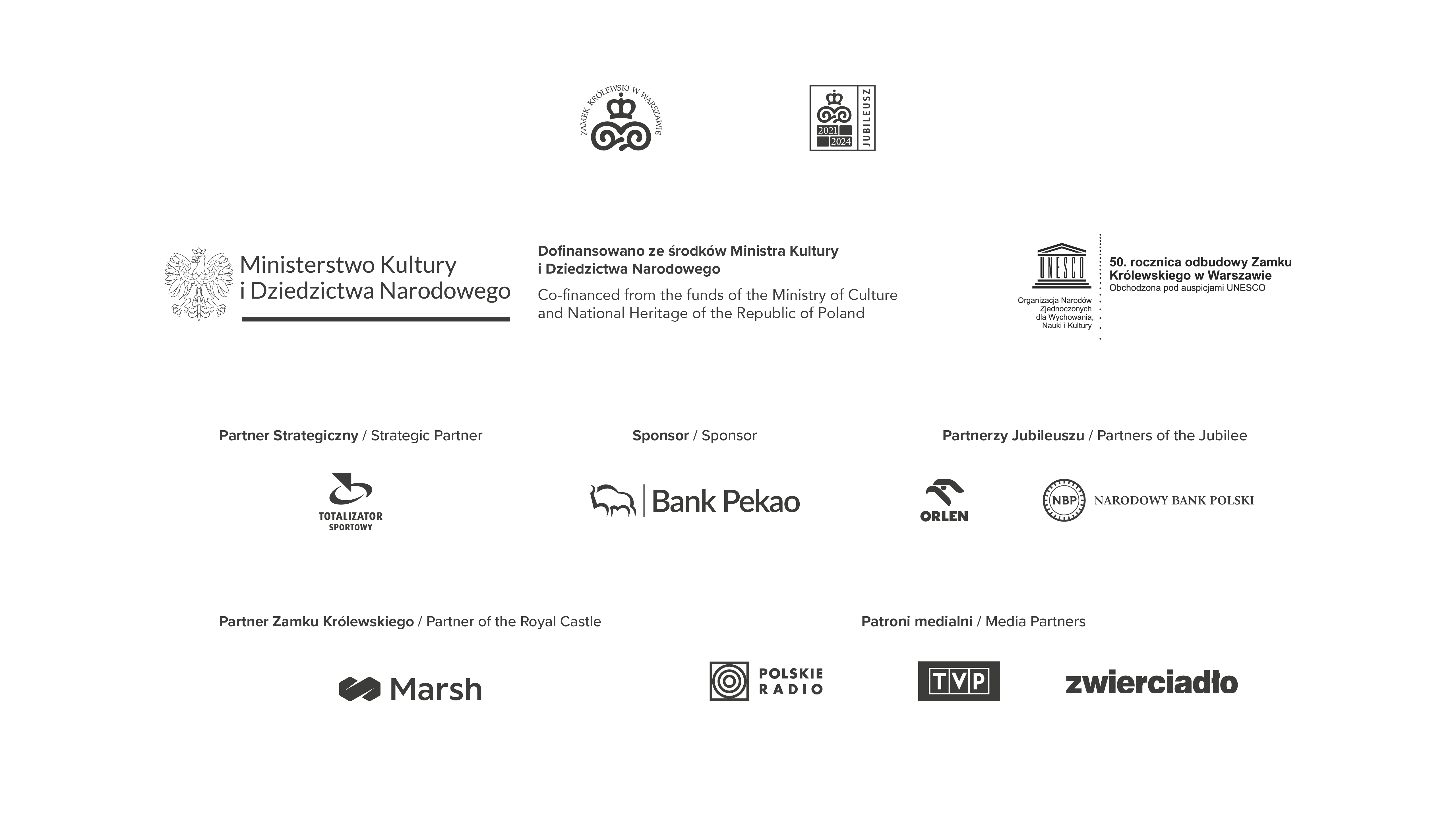Italian Views by van Wittel
22 March – 23 June 2024
Officers’ Room and Hall of the Crown’s Horse Guards
The exhibition is included in the Royal Route
Anyone who has ever set foot on Italian soil knows how difficult it is to remain immune to its beauty. It is therefore not surprising that centuries ago many visitors from the North were charmed by the sunny landscapes of Italy, dotted with picturesque cities and towns. It was the combination of the experiences of artists coming from beyond the Alps with the fascination with southern colours that contributed to the development of Italian veduta painting, associated primarily with faithfully presented city views. One of its most important representatives was Gaspar van Wittel, called the father of the Italian school of vedutism. We invite you on a special journey to the heart of European culture, the beauty of which was immortalised by the hand of a master in fourteen carefully selected works.
European landscape painting has a long history. The first attempts to depict landscapes were made already in ancient times. Examples of wall paintings showing suburban villas, gardens and seashores have been preserved in Pompeii and Herculaneum. Landscape representations became prominent once again during the Renaissance. Vast views appeared in both secular and religious works, but they still served as a background for scenes and figures in which the entire meaning of the works was concentrated. As an independent genre, landscape painting emerged and gained recognition in the 17th century. Dutch artists in particular contributed to its development, including such famous artists as Johannes Vermeer (1632-1675) and Jacob van Ruisdael (1628/1629-1682)*. In the works of these authors, human and animal figures, although appearing in the landscapes they painted, ceased to play a key role and justify the creation of the works.
Gaspar van Wittel was the heir to the solutions developed by Dutch masters, whose paintings strived for topographical faithfulness of the places depicted. The artist was born in the mid-17th century into a family that settled in Amersfoort, located near Utrecht, in the Northern Netherlands. He studied painting with Matthias Withoos (ca. 1627-1703), who specialised in the detailed depiction of objects, plants and animals against the background of landscapes. At the age of just over 20, he set off south in the company of another artist from the Withoos studio. Enchanted by the landscapes of Italy, he settled in Rome and for nearly 60 years created vedute, which masterfully combined topographical correctness with the seemingly impossible to capture atmosphere of Italian cities.
The artist, known among Italians under the Latin name Vanwitelli, promoted with his work a painting genre that achieved spectacular success throughout Europe. His works perfectly met the needs of travellers visiting Italy on the so-called Grand Tour – a journey that was to shape, among others, the personality and artistic taste of European elites.
Van Wittel’s followers and continuators of his artistic visions included Michele Marieschi (1710-1743)**, Antonio Canal called Canaletto (1697-1768) and his nephew – Bernardo Bellotto (1722-1780), especially close to the Royal Castle***.
The exhibition features 14 selected works by van Wittel, including 13 paintings and 1 drawing. These are mainly views of Rome and Naples – two cities particularly important for the development of van Wittel’s artistic career.
Curator of the exhibition: Alicja Jakubowska
* The collection of the Royal Castle in Warsaw includes a winter landscape by Jacob van Ruisdael (1628/1629-1682), which may be seen in the Gallery of Masterpieces on the ground floor of the Castle as well as on the website of the museum’s collection. See more>
** A veduta depicting Canal Grande in Venice, once displayed during temporary exhibitions and in the coming months set to become part of the Castle’s permanent exhibition, has recently been purchased for the collections of the Royal Castle in Warsaw. See more>
*** The collection of the Royal Castle in Warsaw includes 26 pieces by Bernardo Bellotto (1722-1780), along with a famous series of views of Warsaw, which decorates the walls of one of the rooms in the King’s Apartment. See more>

